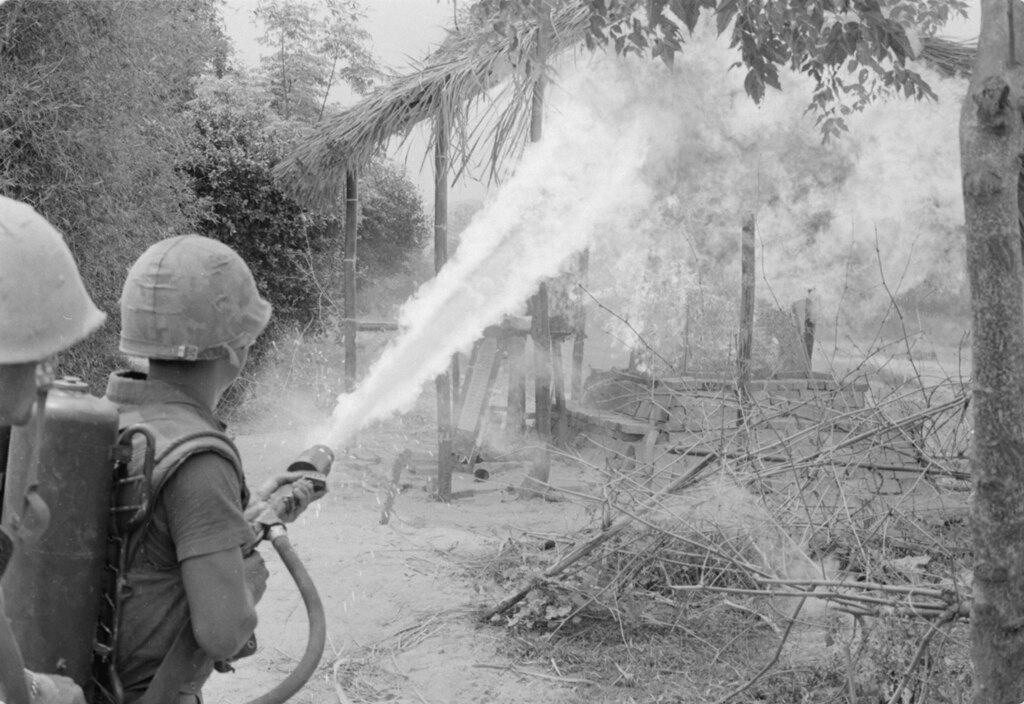Photography in the Vietnam War

I’m quite inclined to quibble with the idea that Vietnam was the first fully realized visual war on the homefront; the means by which folks at home engaged with World War II was certainly different (less “living room,” more newsreel) but the Second World War was drenched with memorable photography from tip to tail. Modern American life remains, however, largely an exercise in listening to Boomers extol ad nauseum about how their faith in institutions began to waver, and Vietnam is an incredibly important part of that story.
There are so many ways to describe what photography from the Vietnam War captured and revealed, but maybe it boils down to what Tim O’Brien shared in “The Things They Carried.”
“I survived,” he wrote in one of the book’s stories, “but it’s not a happy ending.”
The war, which formally concluded on April 30, 1975, still elicits grief for all that was burned into memory and reinforced on film.
The most memorable photographs of that era, with its grisly, muddy, cruel jungle war, were shot by a brave global crew with a wide range of political views and backgrounds.
Dickey Chapelle, the first female photojournalist to die in Vietnam, was a Midwesterner who could barely contain her anti-Communism. Tim Page was an irreverent dope-smoking Brit; Henri Huet was French and Vietnamese, and known for his humor and kindness.
Together, their images and those of many others changed how the world saw Vietnam, but especially how Americans saw their country, soldiers and war itself.
Certainly worthwhile for the photographs, if not necessarily for the commentary that attempts to position them in the American psyche.
… see also this on the role played by US and Vietnamese vets in reshaping the post-war diplomatic landscape.


